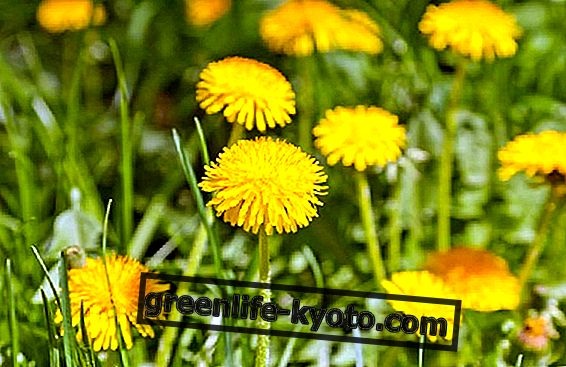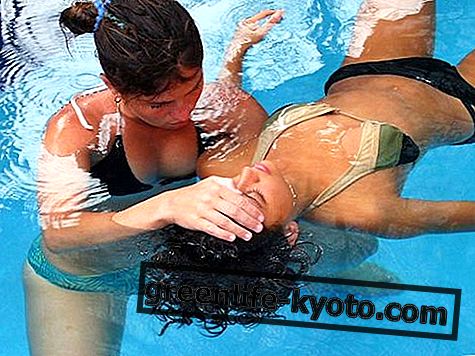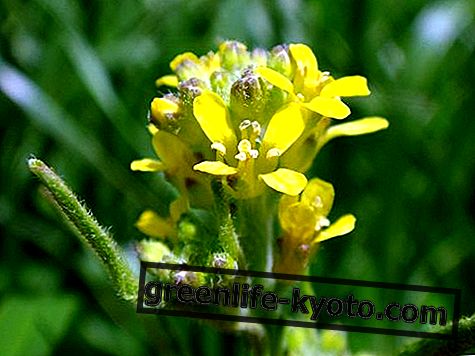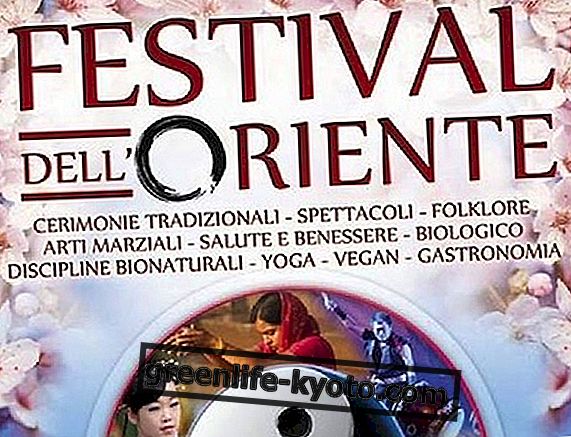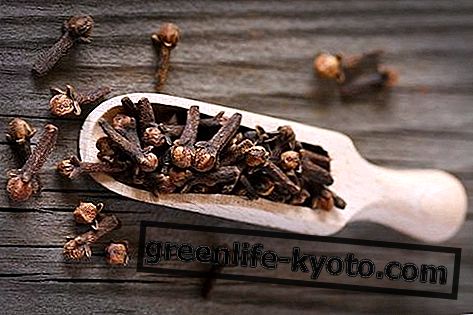The Tai chi chuan master introduces the student to the practice of the "supreme art of combat". The teaching that it conveys does not only take place on a physical level but also on a spiritual level . Let's find out better.
>
>
>
>

What does the Tai Chi chuan master do?
The Tai chi chuan Master transmits the technique, the form, the breathing, the Tui shou (Thrust with the hands), the chi kung and the martial applications and, at the same time, helps the student to transpose these lessons into the daily life, the teaches how to look at things in the light of flowing.
The teacher induces the student to look in depth, he guides him in the mystery of interest in thoughts and actions less and less subject to fear. The teacher himself, in turn, teaching the student takes a path of growth that, according to Taoism, does not cease even with physical death.
The true master of Tai chi chuan, in practice, never feels himself as such, he never thinks of himself as someone on a podium, because he knows exactly how, as the alternation yin and yang teaches, on the throne one rejoices and from the throne falls.
Become a Tai Chi Chuan Master
An important premise: the history of tai chi chuan is 3 millennia long. A discipline with such a long history undoubtedly carries messages rooted in human history, but at the same time it is intuitive that it has undergone changes during transmission .
This has had repercussions on the relationships between the schools then and it still has today: joining a school rather than another has a significant impact on the execution and movements assimilated by the student and, if the students do not get used to the comparison, it is easy to fall into errors of entrenchment and presumed exclusivity.
The oldest known quotation from Chang San Feng, recognized as a legendary founder, as a martial artist is found in the biography of a certain boxing master who was very famous at the time, Chang Sung-ch'i, who lived in the 16th century in Ning-po. Chang Sung-ch'i claimed to have learned tai chi chuan from an alchemist named Chang San Feng who lived as a hermit on top of the Wu-tang. The name given to this method of struggle was not yet tai chi, but nei-chia (esoteric school).
Authorities of the Ming period and tai chi chuan teachers such as Tseng Ju-pai argue that the confusion between the two disciplines has ended up taking value from the respective differences that characterize them. A second theory states that the Tai chi chuan arose during the T'ang dynasty (618-907 AD).
At that time it seems there were 4 distinct schools of martial arts and exercises with similar movements. Hsu Hsun-ping was probably the name of the master of the first school, where movements were taught in 37 positions according to a style inspired by the I ching, according to techniques which for the arms included the Eight Trigrams and for the legs the Five Elements.
According to some, Chang San Feng joined these two schools and created Tai Chi Chuan. Another theory recognizes a village of the Chen family in Honan province as the cradle of tai chi chua; in this village Wang Tsung-yueh arrived, a wanderer and a martial arts scholar, and from the comparison with local techniques the sweet struggle was born.
A fourth theory denies the existence of the martial adventurer and attributes to the descendants only the Chen family, during the MIng dynasty, the institution of tai chi chuan. Many theories, testimonies of meetings and martial exchanges, legends that merge with the data: the gesture and the techniques have passed through all this, modifying themselves.
What is certain is that since 1949 the Chinese have promoted large-scale martial arts and have made efforts to unify the genealogies of each art. The genealogy currently presented recognizes a certain Cheng Wang-t'ing, a pupil of a pupil of Wang Tsung-yeuh as the founder of tai chi chuan.
From the movements invented by Cheng Wang-t'ing, after a few generations, two men drew different techniques: Chen Yu-pun created a new style, based on the concept of spiral to be found in the movements; Chen Ch'ing-p'ing founded a more sophisticated and compact style. In addition to the style of sole prerogative of the Chen family, the Yang style was born, thanks to Grand Master Yang Lu Chan (1799-1872). In this bifurcation we find a distinction still in force in the schools between Chen- style Tai Chi Chuan master and Yang style Tai Chi Chuan master .
Who wants to become Tai Chi Chuan teacher should approach the practice without forcing and trying the forms of each style, forms that, very simply, for the Chen, foresee accelerations, explosive gestures, while for the Yang, they include spherical movements, slow steps and compact. Once the style most suited to the person is recognized, the aspiring tai chi chuan master will have a long process before him, which is reflected in the vastness of the techniques and the degree of depth.
A constant practice and a personal work will allow to pass from the state of beginner to that of advanced student and then begin to assist the teacher and, subsequently or simultaneously, teach. What is important is that the hierarchy does not stifle personality and natural progress; that the logic of the monthly salaries to be paid, of the rents of the gyms, of the members to be captivated do not "spoil" the master, ending up damaging the spirit of teaching.
Tai chi is an elixir of long life

Teaching tai chi chuan today
Starting around the 1970s, the art of tai chi chuan has spread throughout the world. Today this art is taught not only in schools, many of which often boast of possessing "true art", but also in private circles, multi-purpose gyms, wellness centers. Sometimes these same bodies make use of Chinese teachers from the United States, Taiwan, China, Singapore and Malaysia.
The main style transmitted today is the Yang, although in recent years the Chen style has spread, along with the styles developed by Chinese athletic organizations.
In some schools, students attending tai chi chuan courses must follow the rule of wearing traditional Chinese training costumes: jacket fastened with frogs, mandarin collar, wide pants that allow freedom of movement and shoes that give the foot a flat surface to rest on.
When one is in the master-pupil relationship, the logic of level, degree and belts assumes less importance. Mastery is not the power to exercise some form of submission, but it is part of the research of those who transmit a teaching, it gives actual concrete and measurable notions suitable to reach certain objectives or at least, the preparation to do it. A master "feels" the mental readiness of the human microcosm which is the student and refines it; "sees" the psychophysical abilities of the student and structures a program based on these, without forcing, creating a variable situation around the learner, aimed at stimulating it.
Curiosity
- A Buddhist proverb reads: When the pupil is ready, the Master appears .
- Tiziano Terzani, in the book "Another round of the carousel. Journey into evil and into the good of our time", has expanded the precious message: "When the student is ready the master appears", say the Indians about a Guro, but the same is true of a love, a place, an event that becomes important only in certain conditions.
- Tai Chi Chuan literally means "Fight of the Great Term" or "Supreme Art of Combat". " Tai Chi" stands for "Great Term" or "Supreme Unity", while "Chuan" means "struggle" and brings to mind the martial origins of this art, characterized by the search for harmony and balance of Yin and Yang in that microcosm which is the human being.
Useful resources on the job of Tai Chi chuan master
- Useful tips for the Tai Chi chuan master

